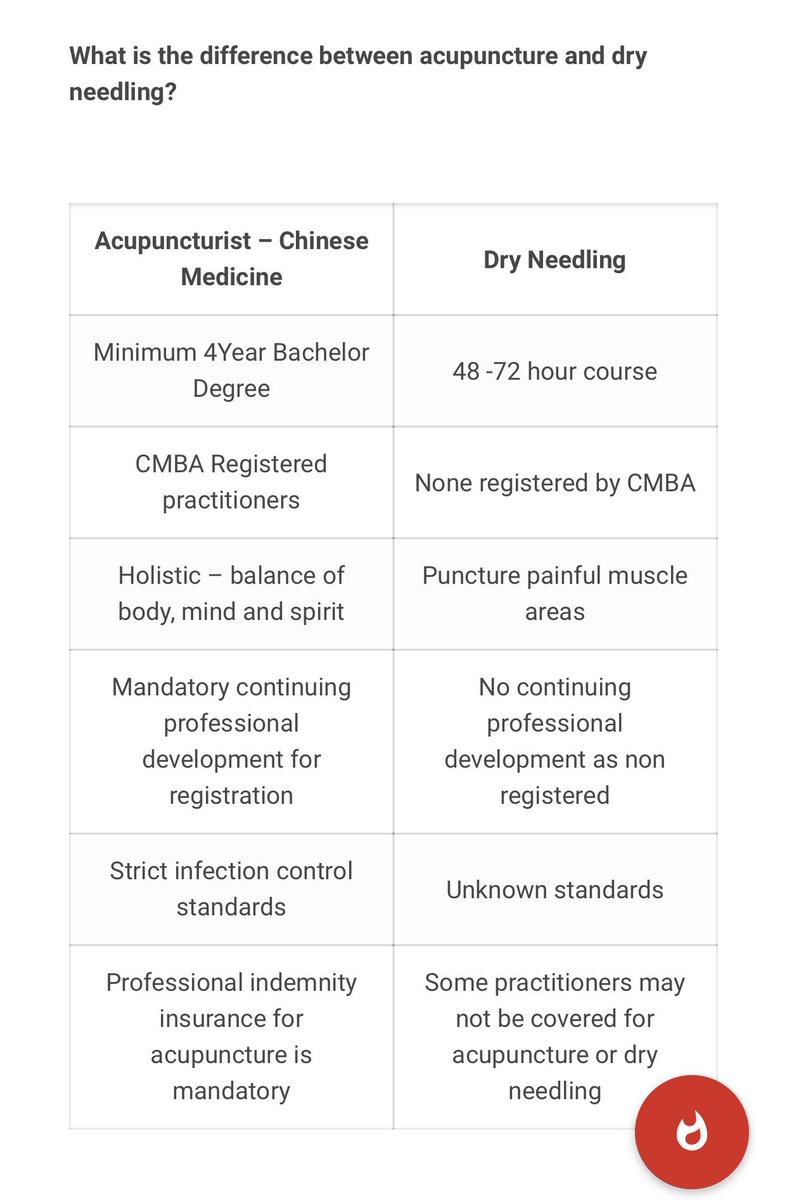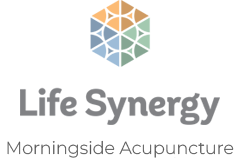
Dry needling in traditional acupuncture practice is generally known as ‘ashi’ acupuncture and has been used for centuries. Ashi can generally be translated as a pain tender point. It is also known as trigger point acupuncture.
Acupuncturists skill in treatment compared to other allied health practitioners, practicing dry needling, is in the way that the acupuncturist is taught to move the acupuncture needle. There is an acupuncture technique that focuses on the non-needle hand to guide the release of ‘ashi’ or painful points in the muscle. Actually, it is the non-needling hand that is generally more important in acupuncture to guide and move energy in different ways. This is taught to acupuncturists in their 4-year training and then practiced for life.
The origin of the term “dry needling” is attributed to Janet G. Travell. In her book, Myofascial Pain and Dysfunction: Trigger Point Manual, Travell uses the term “dry needling” to differentiate between two hypodermic needle techniques when performing trigger point therapy. However, Travell did not elaborate on the details on the techniques of dry needling; the current techniques of dry needling are based on the traditional and western medical acupuncture.
The two techniques Travell described are the injection of a local anaesthetic (wet needling) and the mechanical use of a hypodermic needle without injecting a solution (dry needling) Although dry needling originally utilized only hypodermic needles due to the concern that solid needles had neither the strength or tactile feedback that hypodermic needles provided and that the needle could be deflected by “dense contraction knots”, those concerns have proven unfounded and many healthcare practitioners who perform dry needling have found that the acupuncture needles not only provides better tactile feedback but also penetrate the “dense muscle knots” better and are easier to manage and caused less discomfort to patients. For that reason, both the use of hypodermic needles and the use of acupuncture needles are now accepted in dry needling practice.
But really because hypodermic needles are no longer used, it is now ashi acupuncture by a different name.
The best approach does not rely on trigger points alone and sometimes trigger points are not necessary at all. If you’re only having ‘dry needling’, you are missing out on most of what a registered acupuncturist has to offer.
It is interesting to note that in Australia dry needling is taught in 1 or 2-day workshops, whereas Acupuncture training is 4 years. Also, Acupuncturist, Chinese Medicine Practitioner, Chinese Herbal Medicine Practitioner, Oriental Medicine Practitioner and Chinese Herbal Dispenser are protected title under national law in Australia. So the term dry needling is generally used to circumvent this law by physiotherapists, chiropractors and other allied health practitioners.
There is much more to acupuncture than the insertion of needles into tender points. Often it is more important to needle distally from the pain site for an immediate reduction in pain. Also, the tender point will often return if the underlying cause and correct meridian is not identified and addressed. Quality acupuncture practice involves a comprehensive patient assessment, an acupuncture diagnosis and an individualized treatment plan. Appropriate needling methods and supplementary treatment can then be designed to match the patient’s circumstances. Acupuncturists combine both a traditional understanding of the body from a Chinese medicine perspective with modern innovations from current research; so in addition to methods such as needling, cupping magnetic heat lamps and moxibustion, acupuncturists may use exercise therapy, massage techniques or electro- or laser- stimulation of acupoints. Some may also practice Chinese herbal medicine or other health modalities. This comprehensive approach results in a holistic diagnosis and treatment plan.
